Phobia is a term used for a fear of objects, events, and deeply irrational things. This fear then causes hindrances and disruption in everyday functioning. Phobias can be about anything and everything. It is normally characterised as an anxiety disorder and is extreme and very persistent.
Though characterised as a fear, it is important to distinguish phobia from this term. Fear is a rational reaction to something. Phobias are irrational and there isn’t any reasoning behind this fear. There is the fear of spiders (arachnophobia), fear of water (hydrophobia), fear of small and compact spaces (claustrophobia), etc. When we think about scary clowns and what clowns scare people the most, the face of Pennywise (The character from the movie ‘It’ released in 1990) is what most of us remember. In fiction and movies, there is no limitation in the way clowns have been villainized and scare the audience — take Batman’s nemesis, The Joker, as an example.
Today, this article discusses the irrational fear of clowns — Coulrophobia.
History of Evil Clowns
If we trace back the history of clowns and from where it originates, we have the rustic fool from the Greek and Roman theatres. But these weren’t the prototype of a clown with a big red nose and white painted face that we know of today. The word clown was added to the English language in the 16th century. Its meaning was similar to the rustic fool. The 19th century was when the circus clown came into prominence, especially in Europe. None of these clowns were scary.
It will be difficult to trace back when and how clowns were villainized. What we do know is that there is literature existing where evil clowns were characters. For example, Edgar Allen Poe wrote about an evil jester in his book in 1849. Similarly, Pagliacci was an opera in the 19th century that had an evil murderous clown. Soon, there would be cases in society like the case of John Wayne Gacy that would make the horrors of an evil clown quite real.
Despite this, it’s important to specify that coulrophobia doesn’t need the existence of clowns with claws or sharp teeth or murderous intent to ignite the fear. So then, why do clowns make us so afraid, and why does this fear of clowns exist? Read more as we try to delve deeper into this phenomenon below.
Read More: The Psychology of Resilience in plague paintings
There are lots of reasons, why clowns cause terror in individuals. Andrew Scott, an English professor explained in The Telegraph how clowns have always lived in the fringes of society. The early clowns in the mediaeval period, known as the mediaeval fool, would continually remind the people of their mortality, the animal nature of human beings, and how human beings can be so unreasonable and petty. So while clowns’ purpose was to make humorous jokes and make the audience laugh, they also gave people a stark awareness of their existence. They served as a reminder of how the human race is not as superior as it thinks and clever in the face of things.
Andrew Scott, further adds how clowns have always been represented and paired with danger and fear. They express logic until it reaches its very last breaking point. Further, they do it in a manner that feels like they’re being ridiculed (Goldhill, 2015).
The Mask of a Clown
We all know the face of the most typical clown. A painted white face with red lips and a red nose. Exaggerated features and a fake-painted smiley face. It’s meant to depict a happy face but it’s also a clever way to hide true emotions. Underneath this mask of a happy face could be a tired, helpless and overworked person who is resentful.
It becomes unnerving when we think about the clown mask as a disguise. There could be a reason that the perpetual smile on the clown can make people feel at ease. Sigmund Freud has given the concept of the Uncanny, also known as a horror trope, where you can recognise something as a norm but it is still distorted somehow. This principle can be applied to clowns and jesters.
Read More: Barbie – A Psychological Overview of the Movie
There is a dark history associated with these masks of happy faces. The treatment of a jester in a king’s court was at a steep price. They had to make the king laugh or they were given harsh punishments, often, death. A lot of the jesters were mutilated, which means that they cut the muscles that allowed one to smile so that they could remain smiling at all times (Goldhill, 2015).
One of the major reasons why we might be so afraid of clowns is that they are unpredictable. To some extent, they can play the role of an unhinged psychopath. When Dr Penny Curtis did an experiment where she showed young children photos of clowns, she found that the majority of them were creeped out by them. The children were young enough not to indulge in villainized depictions of clowns in books and movies, and yet, there was something distorted that still made them unnerved.
Read More: Influence of Horror Movies on Sleep and Dreams
We human beings reply to a lot of facial expressions to understand other people and know their feelings and motivations. With clowns, we cannot rely on facial expressions at all. It ignited a feeling of uncertainty and unknown that we humans fear. Moreover, individuals with coulrophobia may have experienced a traumatic event or had negative encounters with clowns during childhood. These early experiences can leave a lasting impact, fostering an irrational fear that persists into adulthood.
Symptoms
- Intense Anxiety
- Avoidance Behaviour
- Physical Reactions like nausea, sweating, trembling, difficulty in breathing, dizziness
- Cognitive distress such as intrusive and distressing thoughts
- Nightmares and Sleep Disturbance
- Negative impact on well-being due to fear
- The overwhelming fear affects functioning in social and other important areas of life.
Treatment
Treatment for phobias does exist. Exposure therapy, systematic desensitisation, cognitive behavioural therapy, etc are all psychotherapeutic intervention that aids people in overcoming anxiety and fear about objects and events. Sometimes when the anxiety and fear are very severe, anti-anxiety medications are prescribed. Relaxation techniques and mindfulness also help to reduce the symptoms of coulrophobia and the anxiety that comes with it. The fear of clowns is not that rare. A 2016 survey revealed that 7.6% of the people from the survey were afraid of clowns (America’s Top Fears, 2016). As we explore the roots of this fear, it becomes evident that the perception of clowns is deeply subjective, varying across individuals and cultures.







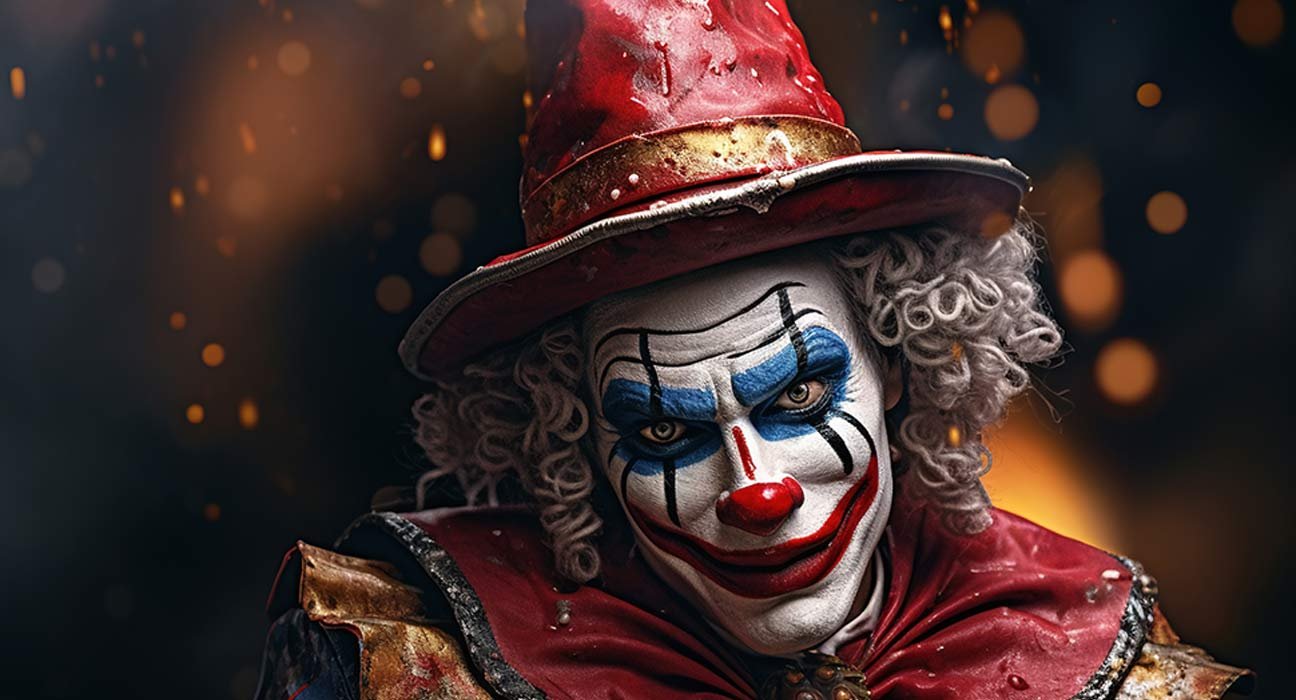
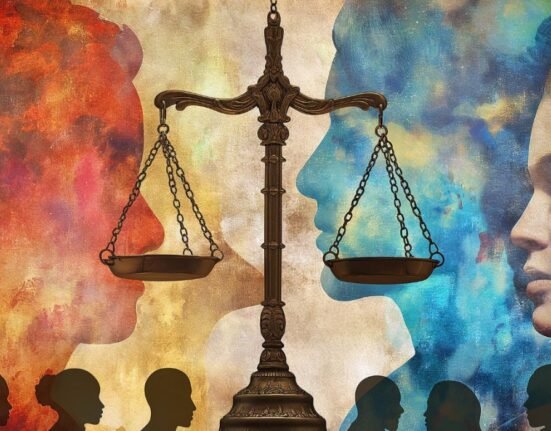

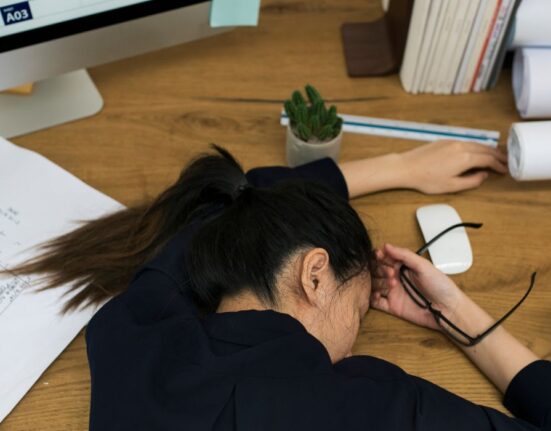
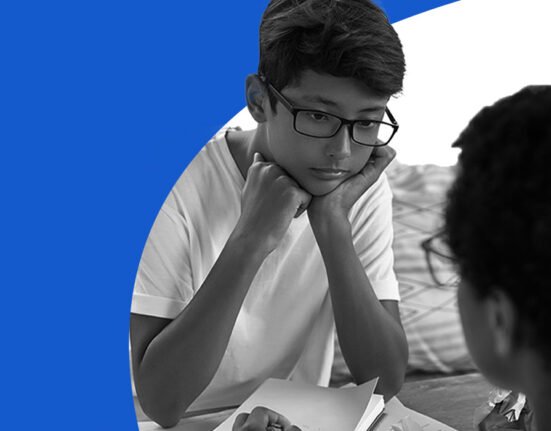
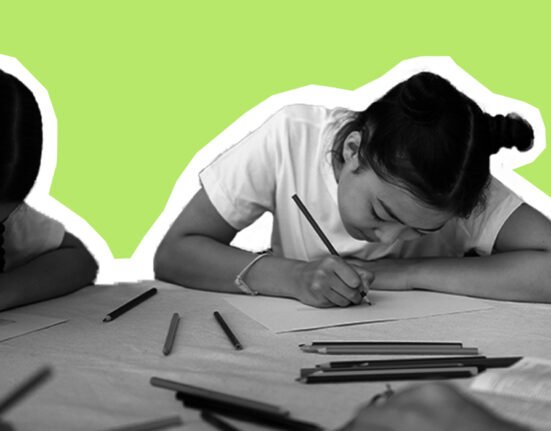
Leave feedback about this